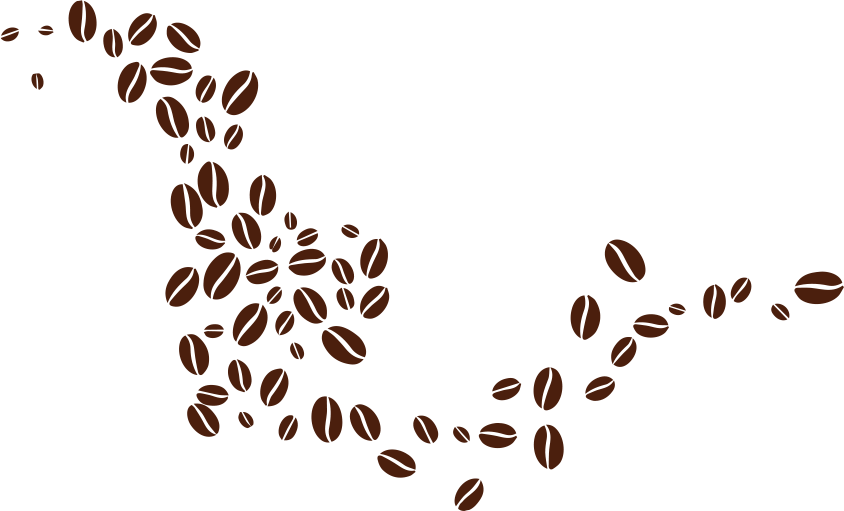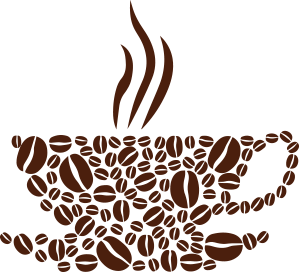The Coffee Bean's Journey From Seed to Cup
For many, drinking a cup of coffee is as simple as heading down to the closest cafe or turning on their espresso machine. Whether you’re an espresso lover or cappuccino fan, it usually takes only a few minutes to prepare and enjoy a cup of coffee. As the world’s most popular beverage, it's expected that it's convenient to make. But do you know how long your coffee beans have to travel before they can get into your cup?
While we drink coffee all over the world, most of our coffee beans start in the same place. The typical coffee bean’s life begins in a small remote Columbian town called Pitalito. Local farmers tend to the shrub-like coffee plant, the Coffea Trees, in forests cleared out for growing coffee.

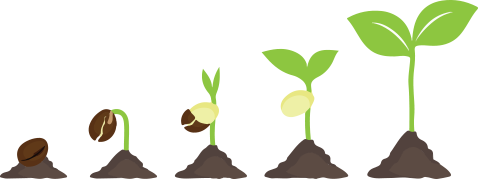
From Seed to Plant
ForDespite its name, the Coffea Tree (or Coffee Tree) does not resemble a tree. Rather, it is a shrub-like plant that spouts little berries called ‘coffee cherries’, or ‘coffee fruit’. You may be thinking, hold up a second… Does coffee fruit taste like coffee? To which the answer is absolutely not. Is this coffee fruit poisonous? Again, absolutely not. The coffee fruit is simply home to the coffee bean. It is small, red and plump but when you bite into it you will find that it is mostly just a case for the bean

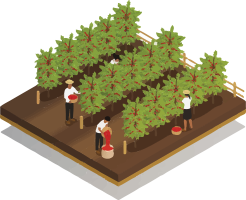
Harvesting
From the sewing of seeds, the Coffea plant grows intro sprouts within one and a half months. The sprouts are then transplanted to seedbeds where they grow for another 4 to 6 months. Once the coffee berry has ripened, they are harvested using the method of hand picking. The cherries ripen at different times, so a natural process for harvesting the fruit is a must.
The farmers in Pitalito work from dawn to dusk to harvest the coffee beans. In this time, the average farmer will harvest around 25 kilograms of beans while working for a very small income. Unfortunately, the process of growing and harvesting coffee beans is operated as cheaply as possible which has caused some upset amongst consumers who care about the health and wellness of workers worldwide.

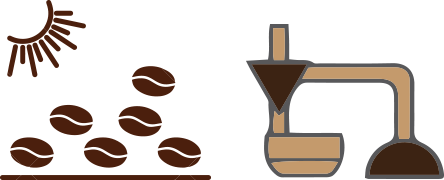
Processing and Drying
Once the cherries have been harvested, the coffee process begins. One of the traditional processing methods of harvesting coffee beans is placing the cherries in a water tank for over half a day before they are de-pulped. This washed process is commonly referred to as a ‘wet process’. Next, the washed coffee beans, which are green at this stage, are placed on raised sun beads to dry in the sun with their cherry casing. The coffee is dried in a process that takes anywhere between one and ten days and requires a lot of attention from the farmers.


Storage
As part of the coffee bean preparation process, the beans spend a couple of months, anywhere between two and six, in a large warehouse. During their time in these warehouses, the green coffee beans are stored in jute bags so that they can remain dry, cool and safe. This packaging process is automated by large companies who store their share of the coffee beans in large warehouses. Once the beans are dried, these large companies, often referred to as Q-graders, take their pick of the crop, evaluating the grade of the beans, aroma and taste.


Traveling
Then they are off! Up to 70 kilograms of coffee are transported at one time on steel shipping containers. Whether they are going to Australia by sea, or across land to the beyond, the beans are treated with the utmost care.

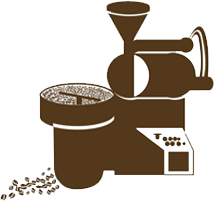
Roasting
Phew, that is a big journey for the little green coffee beans! Once they arrive at their destination country, they are shipped straight to the various roasters who have ordered them. In Australia, roasting doesn’t just occur in major mass production factories. There are lots of local, artisan coffee roasters who roast their beans in a way that is unique to their business and flavour palettes.
The actual roasting process takes between 20 and 25 minutes depending on the goal of the coffee flavour and roast level. The roasting process involves heating the beans up and if desired, adding varying flavours and ingredients to spruce up the flavour profile of the roasted coffee. These ingredients and flavours can include cocoa powder, caramel flavouring, honey processed coffee or date flavouring. Once the flavour and roasting level has been achieved, the beans exit the process with a whole new colour shade and profile. The more heat added, the darker the bean.


From Roaster To Your Coffee Cup
Now that the beans are all roasted and flavoured, they are ready to be packaged and sent to shelves of grocery stores and cafes. Depending on their product and customer, roasters can either sell the coffee beans as a whole bean or grinded into a powder. Sometimes, a hybrid, semi full bean/semi powder is packaged so that specialty coffee can be brewed using specific artisan tactics.
And viola, there you have it. From seedling to deliciously rich coffee, this is the journey of the coffee bean’s life cycle. For something that offers such a simple pleasure, the coffee bean sure does have a full life!

 Sign In
Sign In 